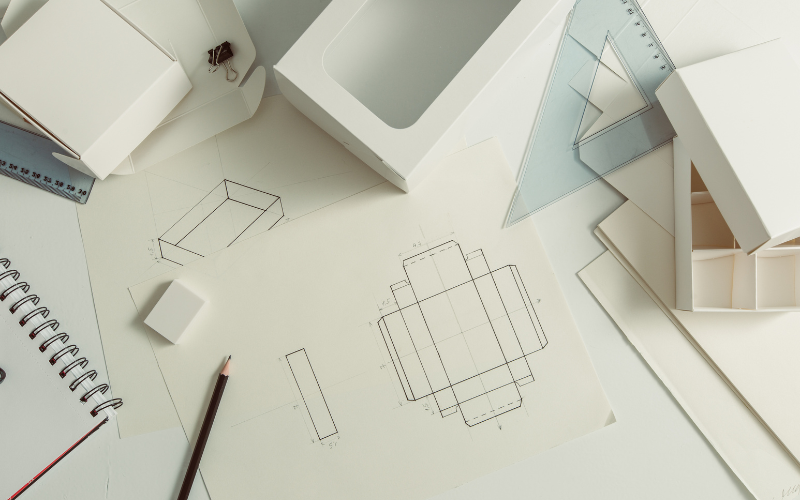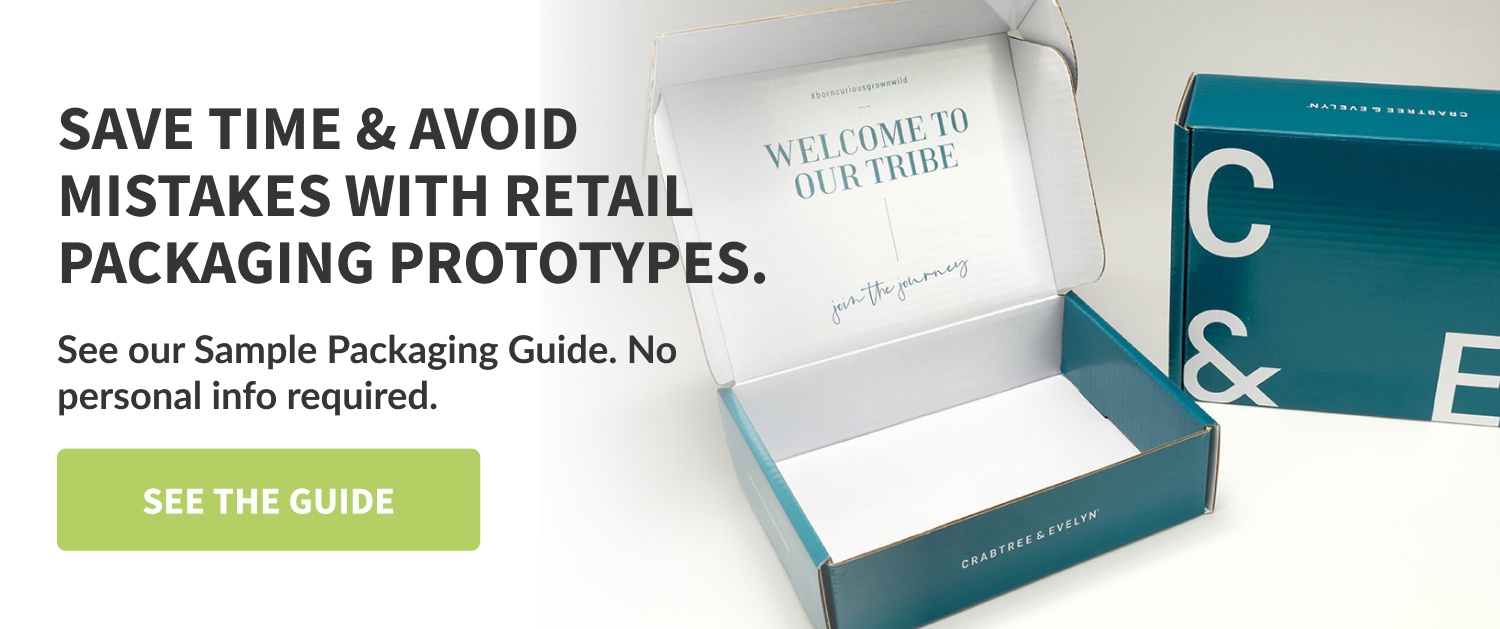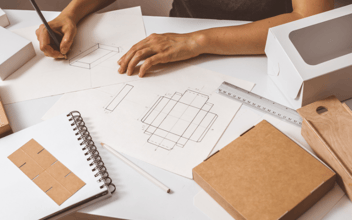8 Mistakes to Avoid With Package Engineering
Running a company requires a constant balancing act between increasing profits and reinvesting in your core business. A packaging engineer can help simplify this process by identifying areas to cut costs and protect merchandise with right-sized packaging.
In the complex world of supply chains and modern retail, it pays to have a packaging design engineer in your corner. Let’s break down the eight most important package engineering mistakes to avoid.
What is Package Engineering?
In case you’re unfamiliar, package engineering is a multidisciplinary field that encompasses material sciences, structural design, graphic design, and logistics. Packaging engineering services involve the design and production of packages, including the materials, structures, and methods used to package and protect products during storage, transportation, and use.
A packaging design engineer utilizes advanced knowledge of engineering to craft packaging that protects the product during shipping and appeals to the customer aesthetically. For instance, food and beverages require very different packaging from electronics and jewelry. Count on a packaging engineer to consider the fragility and value of your products in your packaging solution.
As consumers pay closer attention to sustainability and the environment, a packaging engineer can also help you incorporate recycled materials into your packaging—often reducing costs and increasing efficiency in the process.
Ideally, you should find a packaging engineer who can complete structural design work with an in-house sample table. This will allow them to create a dieline and sample packaging for review and testing, before you commit to a full order.
8 Mistakes to Avoid with Package Engineering
Package engineering services are constantly responding to global and local fluctuations in the global supply chain, so it’s crucial to stay on top of emerging trends. These are eight mistakes to avoid during the packaging engineering process.
- Not Properly Planning the Packaging Design: Before finalizing your packaging design, carefully consider the package’s intended storage conditions, handling, and end-use. You can save yourself a headache by planning thoughtfully and avoiding challenges down the road.
- Using Less-than-ideal Materials: Make sure you’re using the appropriate materials for your packaging. For example, do your products require food-safe packaging or additional durability? The wrong packaging can lead to damaged products and wasted merchandise.
- Failing to Consider Sustainability: Packaging has a huge impact on global waste streams—plus, the public is increasingly invested in recycled, recyclable, and compostable packaging. You can often increase the price of your goods to reflect your investment in sustainability.
- Neglecting to Conduct Adequate Testing: A qualified packaging engineer will conduct stress tests to determine how your packaging will perform during shipping and storage. If you fail to test your packaging, you can lose your investment with broken merchandise.
- Not Considering the End-user: Think about the entire life-cycle of your product packaging from shipping to opening and disposal. If consumers can easily open and dispose of your packaging, they will be more likely to become repeat customers.
- Failing to Optimize the Package for Cost: Tiny differentials in cost-per-unit add up at scale, so anything you can do to cut down overhead will significantly reduce the overall cost of your product.
- Inside Dimensions vs. Outside Dimensions: Many suppliers neglect to include both outside dimensions and inside dimensions. The latter is more important when it comes to measuring products and guaranteeing they fit properly inside the packaging.
- Design References: Packaging design engineers shouldn’t expect their clients to plan every element of their own packaging. With that said, you should give packaging engineers points of reference and help them understand your brand’s needs. That way you can simplify the design process and save time.
How Your Brand Can Benefit From a Packaging Engineer
Since a packaging engineer can help boost your packaging in a such a wide variety of ways, you can expect all of the following benefits from:.
- Improved Packaging Design: The most fundamental service a packaging engineer provides is improved packaging design. They should help your product stand out on the shelf and design more functional, visually appealing, and cost-effective packaging.
- Enhanced Product Protection: Damaged merchandise and returns are some of the leading expenditures for consumer goods businesses. Ensure your products are safe with durable packaging.
- Sustainable Packaging Options: A packaging engineer can help a brand identify more sustainable packaging options, which are often more attractive to environmentally conscious consumers. As an added bonus, cutting down on single-use plastics and using recycled materials often lowers the overall cost of packaging.
- Reduced Costs: From the very first dieline, a packaging design engineer will target areas to reduce expenditures and boost profits.
- Improved Supply Chain Efficiency: Package engineering can help you ride out bumps in the supply chain and keep your products on shelves all year round.
- Save Time: Focus on the core elements of your business and let packaging engineers do what they do best. It is much more efficient compared to hiring individual staff for design, engineering, and logistics.
- Understand Customer-specific Solutions: Many retailers, like Amazon and Costco, have stringent design standards for product packaging and displays. A packaging engineer will help you navigate their requirements and stay compliant.
- Enhance the Brand: Packaging is like advertising representing your company in the world, so it’s crucial to keep it in line with your overall brand image.
Related Content: What is a Packaging Engineer and Why Your Brand Needs One
Takeaway
It’s never been more challenging to deal with the global supply chain and shifting requirements of retailers. A packaging design engineer is qualified to help brands prepare for these variations and succeed long-term. Make sure your packaging engineer meets these important criteria and look for a supplier that offers in-house design.
A well thought out design from a packaging engineer can lead to transformative changes in your brand and take your business to the next level.





.jpg?width=352&name=71PRu0tsOtL._AC_SL1500_%20(3).jpg)
